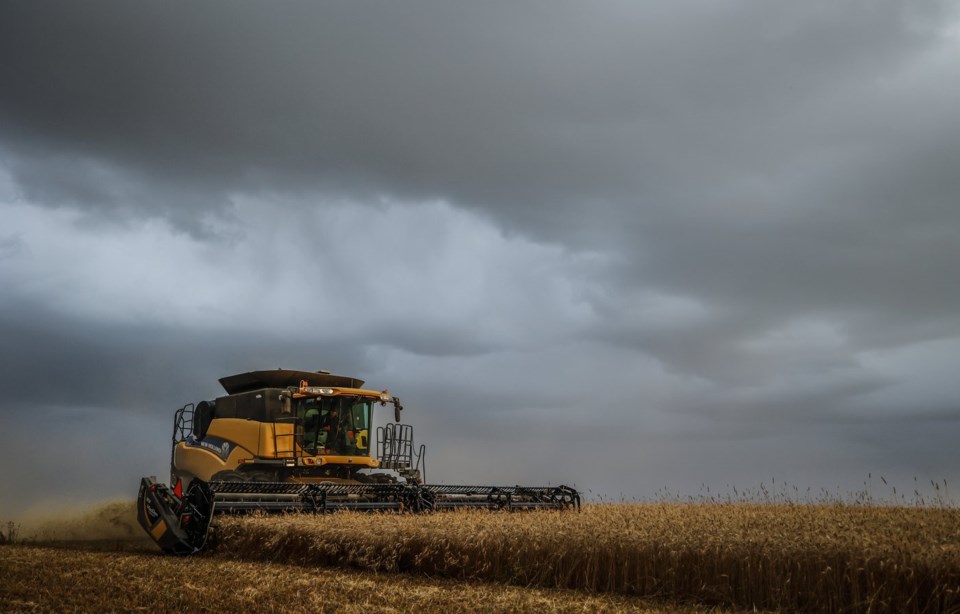OTTAWA — A third of all agriculture jobs in Canada could be automated within the next decade, according to a new report.
The Conference Board of Canada says that's alongside a fifth of jobs in food and beverage manufacturing which could also become automated.
Alain Francq, director of innovation and technology at the organization, says automation and digital technology are revolutionizing Canada's agri-food sector.
The tech brings with it unprecedented opportunities for growth and innovation, Francq says, but also significant implications for the industry's labour force.
The Conference Board report says routine, repetitive tasks are expected to become automated, which will replace a substantial portion of human labour in agriculture.
However, the increasing use of technology in the sector will mean growing demand for data scientists, software engineers and other kinds of higher-tech roles.
Information technology roles currently make up a very small share of employment in the sector, the report says.
"While these technologies hold the potential to optimize production and enable data-driven decision-making, their adoption has led to increased demand for workers with higher levels of education and skills."
The report says the agri-food sector in Canada employed 563,000 people last year. If a third of agriculture jobs and a fifth of food and beverage manufacturing jobs were automated, that would total roughly 160,000 jobs.
Specific kinds of technology have the highest potential to automate repetitive tasks in agriculture, the report found, such as precision agriculture, advanced machinery and sensor technology.
In food and beverage manufacturing, the tech with the biggest potential impact includes robotics, automation, artificial intelligence and advanced analytics.
The agri-food sector's adoption of technology is being driven not only by the pursuit of productivity or cost savings, but also to address longstanding labour shortages, the report says.
The ratio of job vacancies to employment in the industry has well outpaced the Canadian average for the past four years, the report says, and it could get worse: the industry is also facing a wave of retirements in the coming years.
About 30 per cent of the current Canadian agri-food workforce is expected to retire by 2030.
"As businesses struggle to find and retain skilled workers, they are increasingly turning to automation and advanced technologies to fill this gap," the report says.
By replacing manual labour jobs and adopting technology, the industry can also attract a younger generation of workers by offering more technologically advanced roles, the report says. But it adds that the sector faces barriers to adopting technology including a lack of government support and funding.
The report makes a number of recommendations, including to promote the role of the agri-food sector in the economy and emphasize the need for tech-focused labour.
This report by The Canadian Press was first published July 31, 2024.
The Canadian Press



